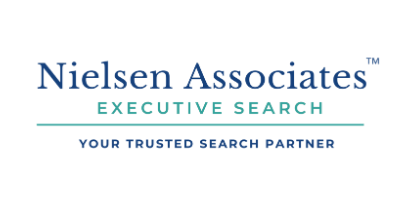Balanced Leadership
Human-Centered & Business-Centered Leaders
What is your leadership philosophy?
It’s a tough question you’re bound to hear at some point, whether you’re talking to stakeholders or preparing for an interview. It’s also a cultural question that many organizations have been grappling with since the pandemic. The thought-process went something like this:
Free coffee in the break room? Check. Summer Fridays? Check. Business casual? Check.
They’re all awesome perks — but with hybrid and remote teams, perks aren’t a way to define culture. Culture is about
how we lead - our values, philosophies, and management strategies. Culture is something every employee can feel, wherever they are stationed, whatever they’re wearing, and regardless if they drink coffee.

The good news is, there are hundreds of leadership assessments on the market, available for individuals and teams, from DISC, to Myers Briggs Type Indicator (MBTI,) to the EQ-I 2.0. Here’s a list of 18 popular assessments from Indeed that companies use to screen and measure leadership capability, optimize strengths, and identify development needs. (Thanks, Indeed!) With so many different tools available, you’re guaranteed to gain deeper self-awareness.
But — how can you take a definitive stance on leadership philosophy when there’s so many different leadership styles, and so many different assessments?
And what if you’re looking for a simple way to define leadership, holistically as an organization?
What if your goal is to unify and align many individuals (culturally) who each have diverse personal styles?
Perhaps discovering answers to complex, philosophical leadership questions is more simple than we realize. In this blog, we’ll spark curiosity and encourage further exploration, by starting with a less-formal approach.
1 - Begin with High-level Contrast
Let’s start with two broad categories of leadership:
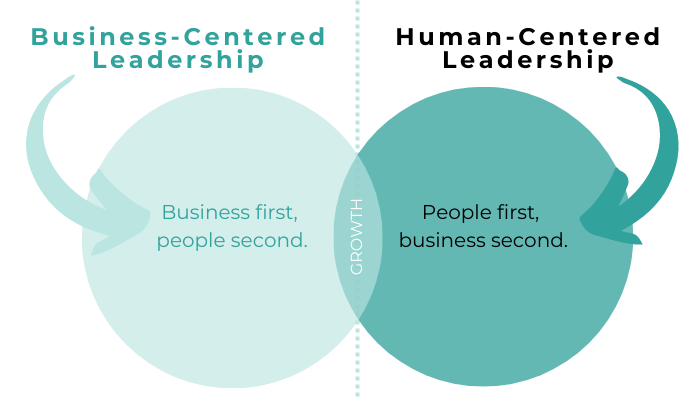
These are overly simplistic definitions, and at first glance, you might think it’s easy to categorize yourself. First and foremost, you’re a person, regardless of your career path or position; and therefore, people come first, before everything else. Obviously.
But if we take an honest look at actual behaviors — our meeting agendas, deadlines, and metrics; the discussions we have with our teams, and new visibility we have on burnout, workload, and overwhelm, it’s obvious we need a conscious rebalance.
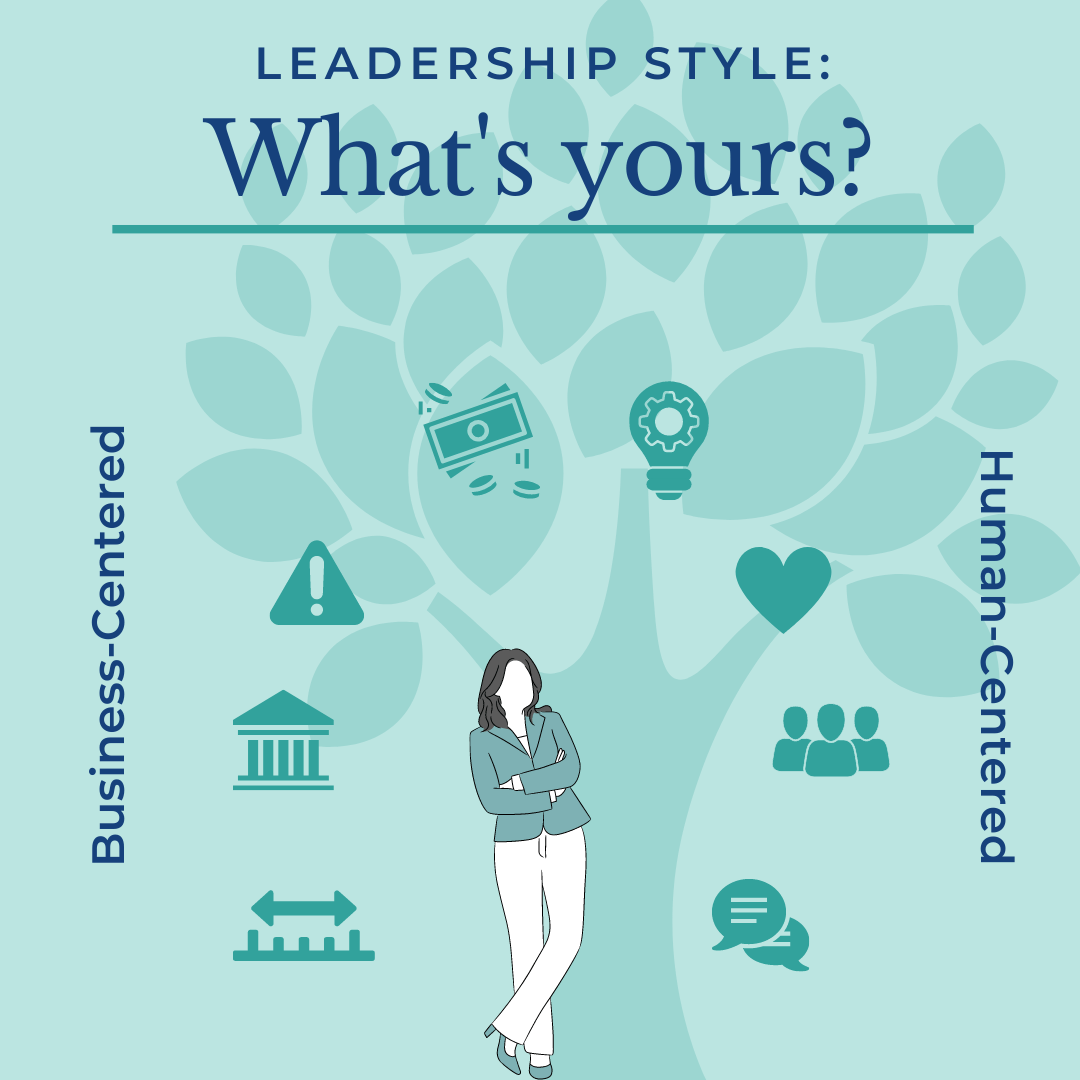
Business-Centered Leadership:
Here we focus on how to grow, optimize, and improve the business. We prioritize innovation, marketing, growth, operations, R&D, manufacturing, quality, and financial results. We teach leaders about technology, the competitive marketplace, supply chains, and competitive advantage.
Human-Centered Leadership:
Here we focus on hiring, developing, coaching, inspiring, and motivating people to grow, innovate, serve customers, and improve the company. We teach leaders how to understand what makes people thrive, what drives creativity and problem-solving in the company, and how we can support people during times of change, stress, or disruption.
Adapted from 'The Big Reset Playbook', The Josh Bersin Company
2 - Compare Mindsets, Skills, Behaviors
To gain deeper understanding and self-awareness, let’s take a closer look at the details. Do you recognize any of these mindsets, skills, and behaviors?
Mindsets & Attitudes
| Business-Centered | Human-Centered |
|---|---|
| Driven by personal growth, financial success, title, and promotion. | Driven by purpose, mission, grit, and passion. |
| Lead the business, people coming along for the ride. | Lead the people, people driving the business forward. |
| Focus on problem solving, accountability, solutions. | Focus on systems thinking, understanding why problems occur. |
| Focus on goals, rewards, incentives, and alignment, hitting the numbers. | Focus on inspiration, skills, empowerment, connections, culture. |
| Believes complexity is a problem. Always tries to simplify. | Tolerant of complexity. |
| Believes energy, passion, and execution must take place every day. | Understands people operate in cycles. Focus on wellbeing/ sustainability. |
| Worries about errors, mistakes, failures. | Creates a sense of safety for new ideas. |
| Believes leaders must set a good example through strength, execution, and focus. | Understands leaders need sustainability, rest, and resilience also. |
| Believes in scarcity of talent. People will work hard if they’re paid well. | Believes in abundance of talent. Tries to align peoples’ needs to company goals. |
Skills & Capabilities
| Business-Centered | Human-Centered |
|---|---|
| Struggles to balance innovation with execution. | Execution demands innovation every day. |
| Technical, functional and financial capabilities rule. | Power skills (essentially human skills) are as important as technical skills. |
| Promotes change through massive change programs and initiatives. | Understands change is iterative and a series of small measurable steps. |
| Knows the other leaders well. Relationships with leaders. | Know the leaders and team around the world well. Relationships across the organization at all levels. |
| Delegates responsibility, doesn’t interact with the team. | Spends as much time as possible with the team, to listen and contribute. |
| Manages details, tracks and organizes work. | Leads more, manages less, develops leaders. |
| Treats people issues as a sideline. | Treats people issues as part of their job. They’re coaches. |
| Large span of control, 20-30 or more direct reports. | Keeps number of direct reports smaller. |
| Meetings are formal, structured, focused on results and communications. | Meetings focus on results, alignment, coordination, inclusion, and ideas. |
Behaviors
| Business-Centered | Human-Centered |
|---|---|
| Pushes past problems to focus on growth and change. | Takes time to talk about problems to learn and evolve the organization. |
| Relies on trusted confidants and “favorites” to succeed. | Looks for diverse performers. Open to new people and approaches. |
| Lots of committees, standing meetings, 1-on-1s, and formal decision structures. | Lots of conversations, check-ins, and sprints with decisions made as a whole. |
| Business investments depend on financials. | Business investments are imperatives and never slow significantly. |
| Consumes talent to hit the numbers. | Grows talent for the entire organization. |
| Always do something. | Leave space to think and create. |
| Create an environment of competition within teams where there are outcomes, winners and losers. | Create the conditions where people can help and support each other to achieve outcomes. |
Adapted from 'The Big Reset Playbook',
The Josh Bersin Company
3 - Do you have to pick one philosophy? Should you?
In his Big Reset Playbook, Josh Bersin points out that at first glance, “it seems silly to use the words “human-centered” in a discussion of leadership, since the whole idea of leading is to deal with people.” But in reality, many business leaders put business first. Perhaps it’s traditional conditioning, perhaps it’s the culture, and perhaps it’s how a particular leader has achieved success for many years in the past.
But research shows there are clear advantages and real business outcomes when leaders understand the importance of weaving the company’s vision, mission, and purpose into everyday operations. Purpose-driven businesses are more inclusive and productive, and there’s greater accountability at every level. Leaders who know how to juxtapose people priorities AND business priorities by taking a more intentional, balanced approach see tangible results.
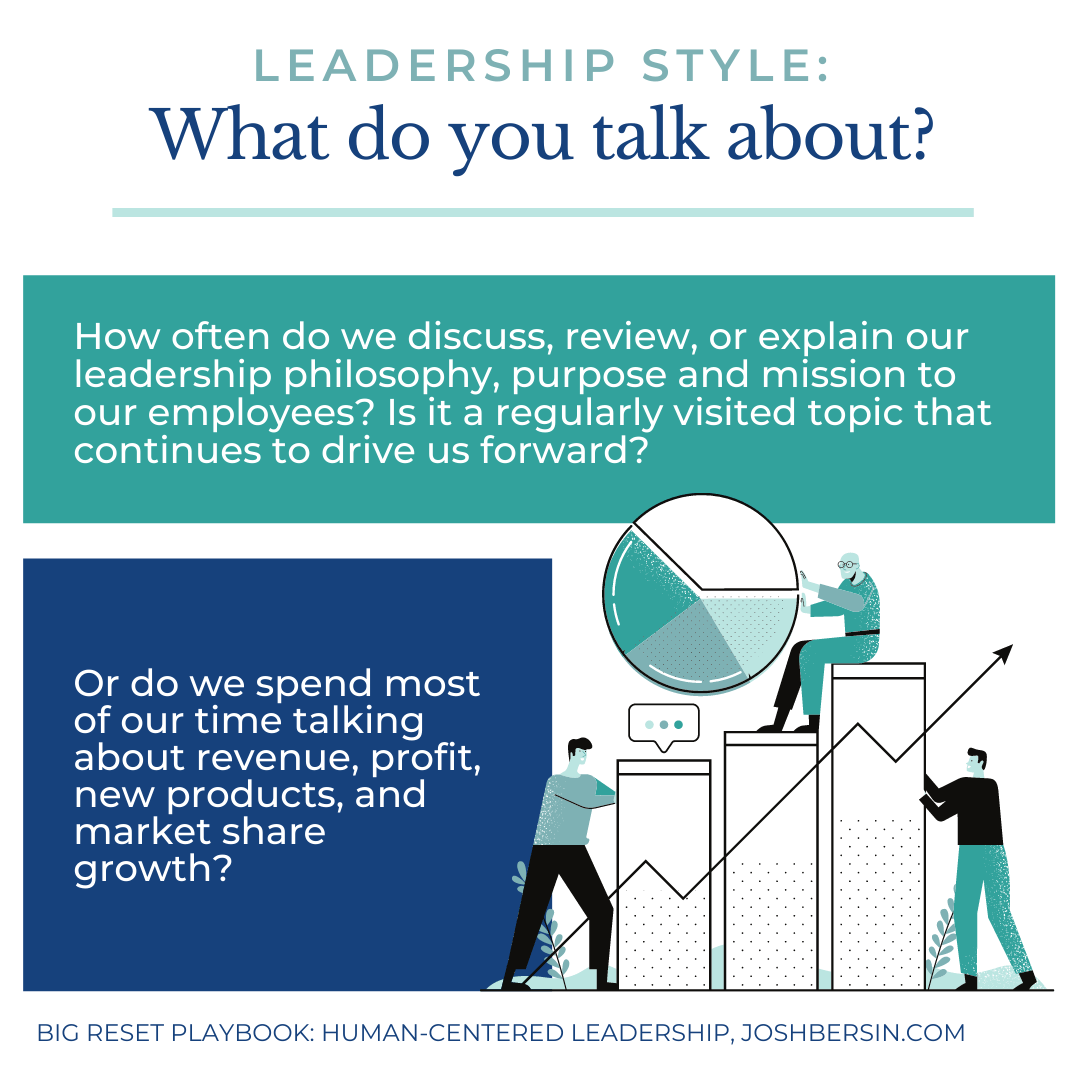
Bersin says, “Human-centered leaders don’t just say the right things. They believe in people as the source of their organization's competitive advantage and the key to business success." Human-centered leaders are more likely to be better listeners, and they listen actively and inclusively so they can learn from their team and other leaders. They’re self-reflective, they coach and provide feedback, and care for wellbeing naturally. It’s progressive contrast to traditional leadership models we’re familiar with, which may be less effective in workplaces and industries that are transforming.
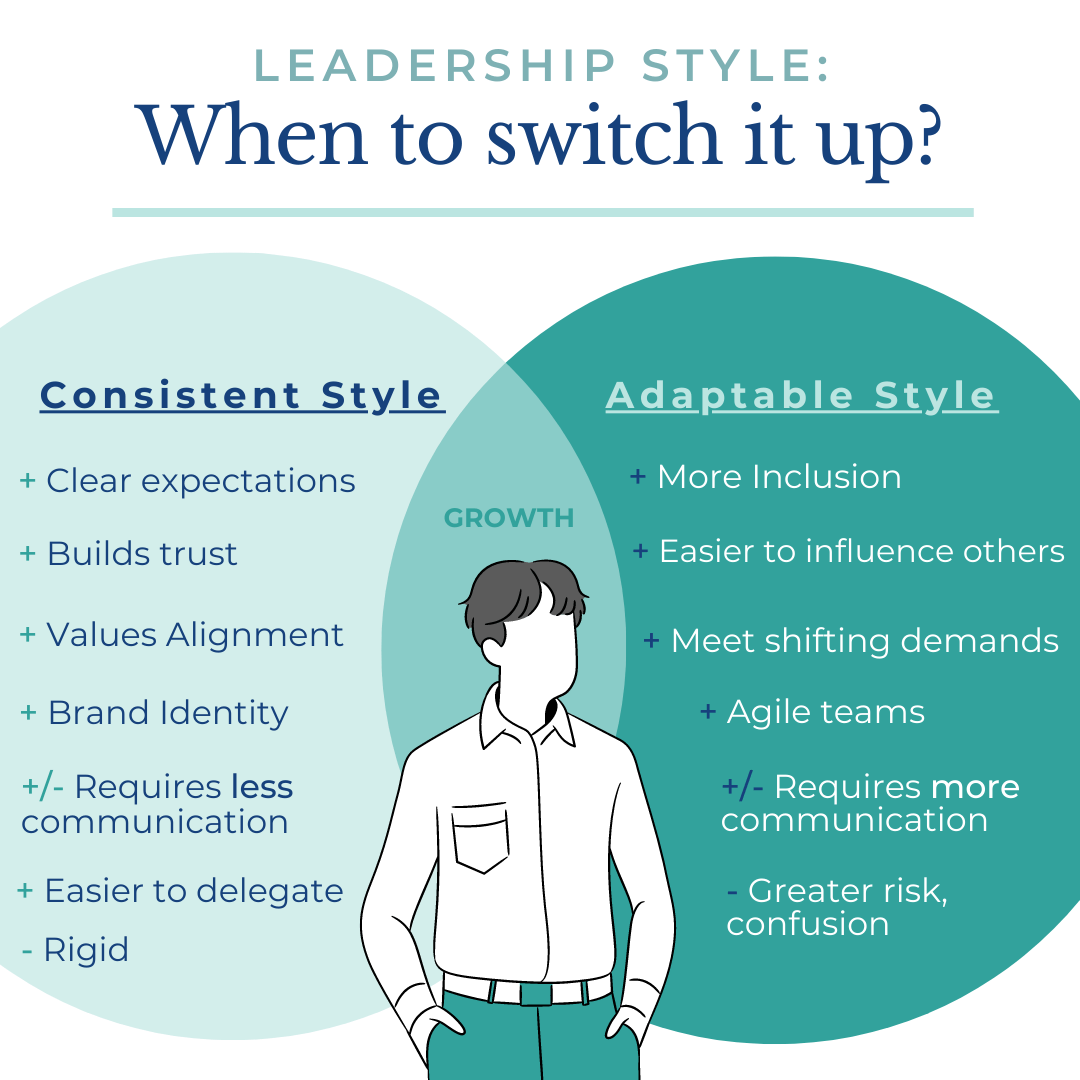
There are pros and cons whether you adapt your style or remain consistent. It’s a conscious judgement call every time you switch things up; and people goals and business outcomes should always be part of the decision. For example, if there are compliance problems, giving directives and staying consistent establishes clear expectations with teams.
But when market conditions demand a change in order to stay competitive; or if the company is struggling to engage and retain talent, it makes sense to adapt, which often means taking radically different approaches than in the past.
Each time a leader decides to change their approach, it’s a strategic decision. Greater self-awareness helps us recognize when the time is right.
Partner With Us
For more than 20 years, we've nurtured a deep network of professional relationships. Our team can identify and qualify passive candidates (especially at the senior level) who may not be active on career sites. We''ll present candidates who you can't find online; and help you fill challenging roles. Get to know us with a free consultation. We're looking forward to talking.
